Kalamata or Black Olives: Which to Use and When?
Kalamata olives have earned their reputation as a Mediterranean delicacy with distinctive taste.
These deep purple gems offer a richer, fruitier flavor profile than standard black olives found in many grocery stores.
While both varieties grace pizzas and salads worldwide, kalamatas bring a certain flair to dishes with their almond shape and wine-infused notes.
Black olives typically undergo different curing processes, resulting in milder taste characteristics that many find more approachable.
The texture difference between these two is subtle yet noticeable when you bite into them - kalamatas often feel meatier.
Serious food enthusiasts appreciate how these olive varieties can transform ordinary recipes into culinary adventures.
Reading further will reveal exactly how to pair each type with complementary ingredients for maximum impact on your palate.
The Fascinating World of Olives
Olives are ancient fruits prized for their rich flavor, nutritional benefits, and cultural significance, especially around the Mediterranean.
They come in various varieties, each offering unique tastes ranging from bitter and peppery to mild and buttery, depending on the curing and processing methods.
Beyond being a staple in many cuisines, olives are the source of olive oil, celebrated for its heart-healthy fats and antioxidants.
Their versatility spans from table snacks and salads to cooking ingredients and gourmet garnishes.
There are also various types of olives, and in this article, let's discuss mainly about Kalamata and black olives.
Kalamata Olives: The Overview
Kalamata olives come from trees that thrive in dry soil and harsh weather around the town of Kalamata in southern Greece. These dark purple gems stand out because of their rich flavor and meaty texture that makes them different from regular olives.
People all over the Mediterranean have enjoyed them for centuries as part of their daily meals and special dishes. The benefits of these olives go beyond just taste - they're packed with healthy fats and antioxidants that can help your body in many ways.
Many food lovers consider these olives a true treasure from the Mediterranean region, adding depth and character to salads, pizzas, and appetizer plates.
Black Olives: What are They?
Black olives grow mainly in the warm areas of Mexico, Central America, northern South America, and Caribbean islands. These dark fruits thrive in wet, nutrient-filled soil, unlike their Kalamata cousins.
Food lovers all over the world enjoy adding black olives to many tasty recipes. Several types exist beyond just the common black olive, including the Greek Kalamata variety.
Their unique flavor adds a special touch to meals without overpowering other ingredients. People often buy them whole, sliced, or chopped depending on what they're making.
Kalamata vs Black Olives: What Are Their Shared Traits?
Several common traits exist between these two olive varieties despite their differences. Check out these key points for more details.
Culinary Uses
Despite their differences, both olives are versatile ingredients in many savory dishes. They commonly appear as toppings on pizzas, salads, and pastas, adding distinctive, bold tastes.
Kalamata olives have a stronger, more intense flavor, so they’re best used carefully to avoid overpowering other ingredients, while black olives offer a milder, more subtle taste.
Olive Oil Production
When it comes to olive oil, both Kalamata and black olives contribute to production. Kalamata olive oil is prized for its savory, spicy notes and meets premium quality standards like PDO certification, while black olive oil tends to be milder and creamier.
The combination of these olives with others, like green olives, creates a diverse range of olive oils with varied flavors and textures.
Curing Process
The curing of Kalamata olives involves soaking them in saltwater brine for about seven days, which helps mellow their bitterness while preserving their rich flavor. Black olives usually undergo lye treatment, a chemical process that removes bitterness and ripens the olives from green to black.
Kalamata vs Black Olives: The Differences
Now, it's time to explore the differences between kalamata and black olives. This table summarizes the comparison; check it out.
| Feature | Kalamata Olives | Black Olives |
| Origin | Messinia, Greece; dry climates; Mediterranean, US, Australia | Mediterranean, Americas, humid subtropical climates; often “California olives” |
| Appearance | Large, long, dark purple-brown, rough skin | Small-medium, round, shiny green to black skin |
| Taste | Strong, sharp, slightly sour, fruity | Mild, salty, sweet, or tangy depending on type |
| Texture | Soft, meaty, easy to pit | Firmer, chewier, usually sliced |
| Harvest | Hand-picked ripe; August–November | Picked green/unripe; quick processing needed |
| Curing | Saltwater brine for 7 days | Lye-treated to reduce bitterness |
| Price | More expensive; PDO certified | More affordable; mass-produced |
| Nutrition | Higher calories, fats, protein, vitamins | Lower carbs, rich in minerals |
Origin
Kalamata olives originate from Messinia in Greece and thrive in dry, low-moisture Mediterranean climates. They are also cultivated in regions like the United States and Australia.
In contrast, black olives have a broader range, growing in the Mediterranean as well as parts of the Americas, including Mexico and the Caribbean. They typically prefer humid subtropical climates and are often known as “California olives” in the U.S.
Appearance
Kalamata olives are larger with an elongated shape and a rough, dark purple-brown skin. When fully ripe, their color shifts from green to a deep reddish-purple.
Black olives, however, are generally smaller and rounder, with smooth, shiny skin that changes from green to dark black or deep chocolate brown during curing.
Taste
After curing, Kalamata olives offer a strong, sharp flavor with slight sourness and fruity undertones, making them quite distinctive and robust in taste. Black olives tend to be milder and can range from salty and sweet to tangy, depending on their variety and curing method, offering a more subtle flavor profile.
Texture
Kalamata olives are known for their soft, meaty texture that makes them easy to pit and chew. Their flesh tends to be tender and almost melts in your mouth.
On the other hand, black olives are firmer with a tougher, chewier flesh, often requiring slicing for easier consumption.
Harvest
Kalamata olives are hand-picked at full maturity between August and November to ensure quality and avoid bruising, which can affect flavor. Black olives are typically harvested when still green and unripe, requiring quick processing afterward to preserve freshness and prevent souring.
Price
Due to their hand-harvesting and Protected Designation of Origin (PDO) certification ensuring premium quality, Kalamata olives tend to be more expensive, often costing two to three times more than black olives. Black olives are generally mass-produced and more affordable, making them widely accessible.
Nutrition
Kalamata olives have higher levels of calories, healthy fats, protein, sodium, and vitamins, partly because they are harvested naturally without lye treatment. Black olives have fewer carbohydrates and provide a good amount of minerals.
Both types are nutritious, offering health benefits like reducing heart disease risk and providing lasting energy.
This table shows the nutritional comparison of each olive type.
| Nutrient (for 100g) | Kalamata Olives | Black Olives |
| Calories | 257 | 119 |
| Cholesterol | 0 mg | 0 mg |
| Protein | 0.65 g | 0.82 g |
| Total Fat | 24 g | 11.92 g |
| Sugars | 0 g | 0 g |
| Sodium | 1375 mg | 742 mg |
| Calcium | 0 g | 76 g |
| Iron | 0.36 mg | 5.98 mg |
| Carbohydrate | 9.48 g | 6.02 g |
| Potassium | 102 mg | 7.16 mg |
| Vitamin A | 21 mcg | 15 mcg |
| Vitamin C | 1.27 mg | 0.85 mg |
How to Substitute Kalamata and Black Olives?
You can replace kalamata olives by black olives, and vice versa, however, there will be some notes to consider in substituting.
Substituting Kalamata Olives
Use black olives if you want a milder, less intense flavor. Keep in mind Kalamata olives have a stronger, tangier taste, so you might want to increase the quantity or add a splash of lemon juice or vinegar to mimic their sharpness.
Substituting Black Olives
Use Kalamata olives when you want a richer, more robust flavor. Since Kalamatas are more flavorful and slightly saltier, use them sparingly to avoid overpowering your dish.
Consider Texture and Size
Kalamata olives are larger and meatier, so when swapping for smaller black olives, adjust the quantity and chopping size accordingly.
Delights with Kalamata Olives
Kalamata olives, these dark purple gems, work well in simple salads, pasta dishes, and flavorful meat marinades.
Roasted Salmon Nicoise Salad
Salmon salad makes an ideal energy-boosting meal without all those heavy carbs. The mix of fresh vegetables, perfectly boiled eggs, tender salmon filets, and tangy Kalamata olives - all drizzled with vinaigrette and pesto - creates a dish that fits perfectly into your active lifestyle.
This salmon Nicoise salad works wonderfully whether served with cold-poached salmon or hot, giving you a quick and nutritious option for your family meals.
Mediterranean Quinoa Bowls With Roasted Red Pepper Sauce
Fans of Kalamata olives will love this delicious quinoa bowl packed with goodness. The recipe combines a variety of veggies that give your body essential nutrients while creating amazing flavors.
Red pepper sauce adds just the right amount of heat to make everything pop. Your taste buds will thank you for this healthy meal that satisfies hunger without sacrificing flavor.
Mix it up for lunch or dinner any day of the week!
Marinated Roasted Chicken Topped With Kalamata Olives
Busy days don't mean skipping tasty meals because this one-pan dish saves time without cutting corners on flavor. The mix of tender roasted chicken smothered in rich wine mushroom sauce alongside tangy Kalamata olives creates a perfect balance that hits all the right notes.
Your taste buds will thank you for this quick but impressive meal that comes together with minimal cleanup afterward.
Delicious Dishes with Black Olives
Mouthwatering black olive recipes await your family dinner table, ready to spark everyone's appetite without demanding hours in the kitchen. Here are some ideal recipes to try.
Pepperoni And Black Olive Pizza
Making pizza at home has never been easier, and the results taste just as good as takeout from your favorite restaurant. Our recipe combines rich pizza sauce, savory pepperoni, melty provolone cheese, and black olives for a truly delicious dinner option.
Hungry after a long day? This quick black olive pizza recipe solves that problem in no time.
The best part is how simple it is to put together while still delivering amazing flavor in each bite.
Pasta Puttanesca (Italian Pasta With Tomato Sauce And Black Olives)
Homemade Italian pasta topped with olives makes a perfect meal when your kitchen supplies are running low. This simple dish can bring big flavor to the dinner table, making everyone reach for seconds.
You and your family will love how the rich sauce coats each strand of spaghetti, creating a satisfying meal in minutes. Both traditional Neapolitan and classic Roman styles work wonderfully with this recipe, allowing you to pick whichever matches your taste preferences.
Quick to prepare and full of authentic taste, this pasta solution turns an ordinary weeknight into a delicious Italian dining experience.
Black Olive Potato Gratin
Potato gratin with black olives makes an amazing addition to your dinner table today! Despite having no meat, this dish will fill you up completely thanks to hearty potatoes and rich bechamel sauce made from simple butter, flour, and milk.
Cheese bubbling on top creates such an irresistible finish that everyone at the table will be asking for seconds.
More Facts about Olive
Home Olive Curing: Step-by-Step Instruction
Fresh olives straight from the tree can't be eaten right away, but with a few simple steps, you can turn them into delicious tapenade at home. The process isn't complicated if you follow this guide.
Curing Kalamata Olives
First, you need:
Instruction:
Curing Black Olives
For ingredients, you need to prepare:
Instruction:
Olive Storage Secrets: Keep Them Fresh and Flavorful
Proper olive storage extends their lifespan dramatically, with all types needing the same care routine. Cold temperatures are key, so refrigeration in an airtight container makes perfect sense for these delicious treats.
The tight seal prevents air exposure while keeping them completely covered in their liquid base. Sunlight quickly degrades olive quality, making dark storage spots essential for maintaining flavor and texture.
These olives can actually stay fresh for up to twelve months when these simple guidelines are followed. Just remember the basic rules - keep them cool, sealed, submerged, and away from light - and your olives will remain tasty additions to meals throughout the year.
Got Questions? We’ve Got Solutions
1. Can I substitute kalamata olives for black olives in recipes?
Yes, you can substitute them, but be aware that kalamata olives have a stronger, fruitier, and more tangy flavor than regular black olives. This may change the overall taste of your dish.
2. Are kalamata olives healthier than black olives?
Both are nutritionally similar with healthy fats, but kalamata olives typically contain slightly more healthy monounsaturated fats and antioxidants. However, kalamata olives often have higher sodium content.
3. Why are kalamata olives more expensive than regular black olives?
Kalamata olives are more expensive because they're a protected designation of origin product from Greece, are harvested by hand, and have a more complex curing process that develops their distinctive flavor.
4. Do kalamata olives and black olives have different shelf lives?
Both have similar shelf lives when properly stored. Unopened jars or cans can last 1-2 years, while opened olives kept in brine in the refrigerator typically stay good for 2-3 weeks.

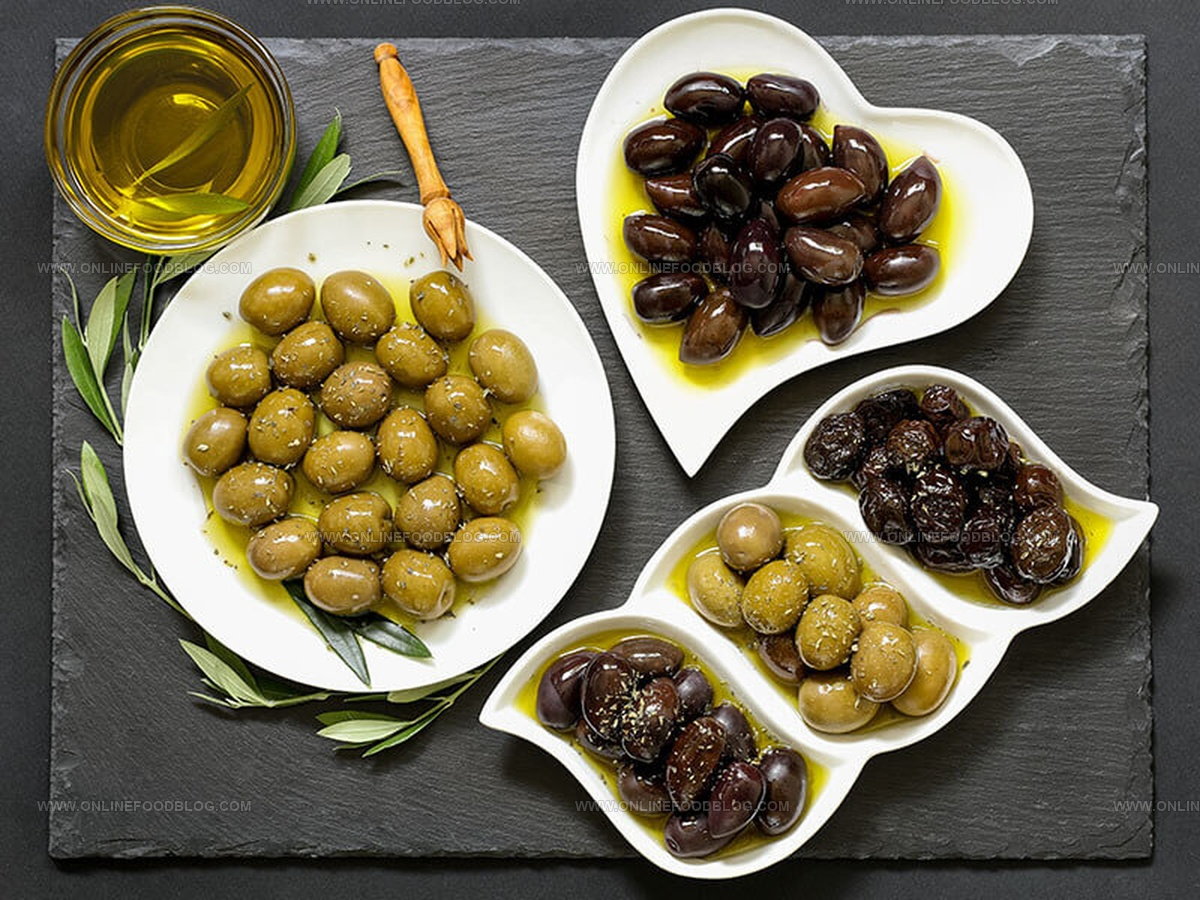
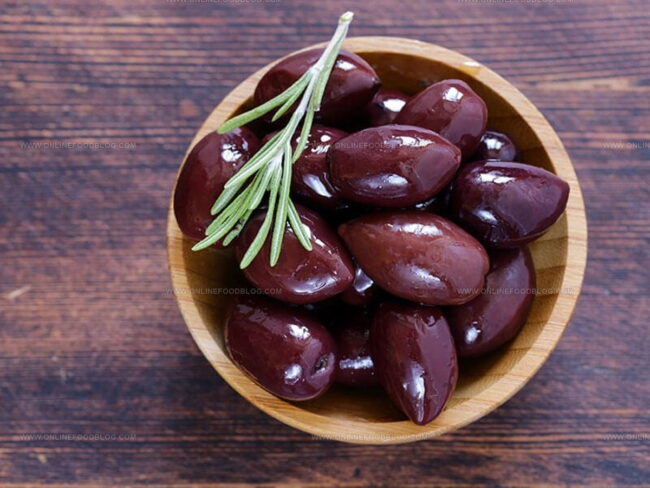
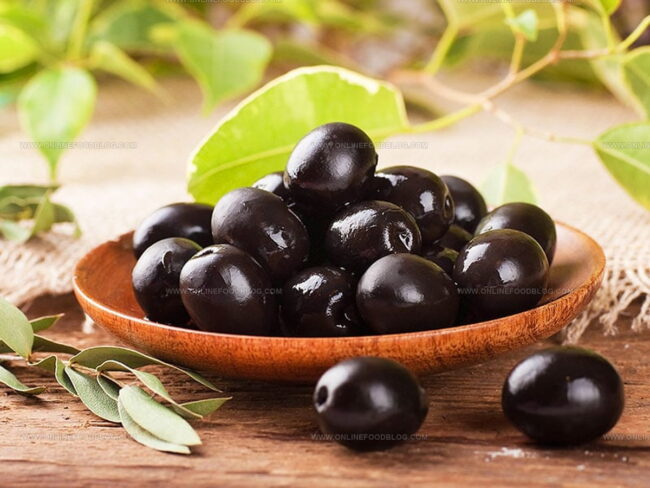
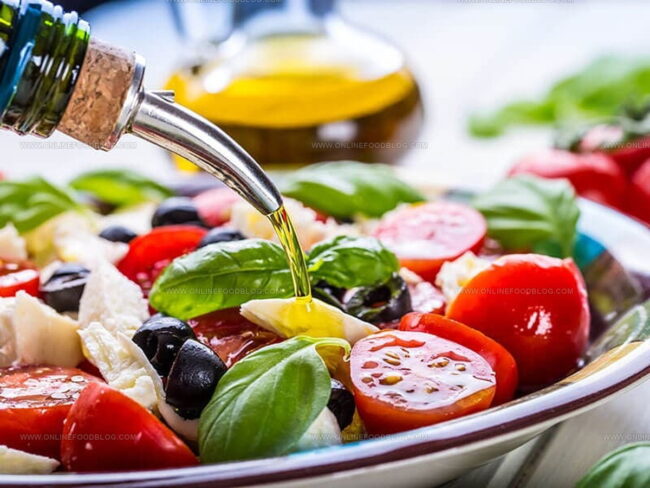
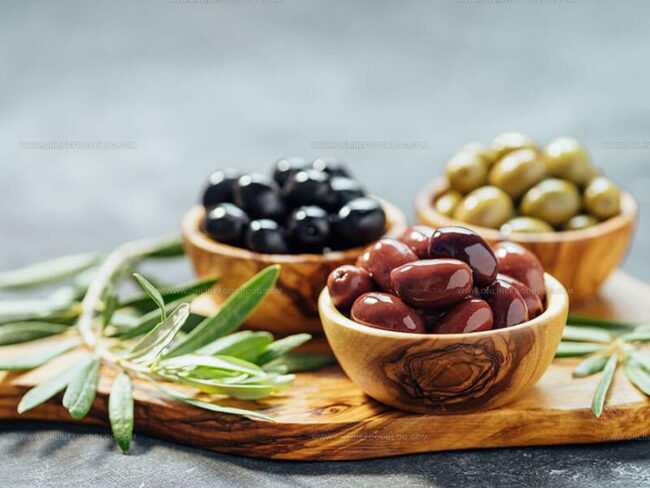
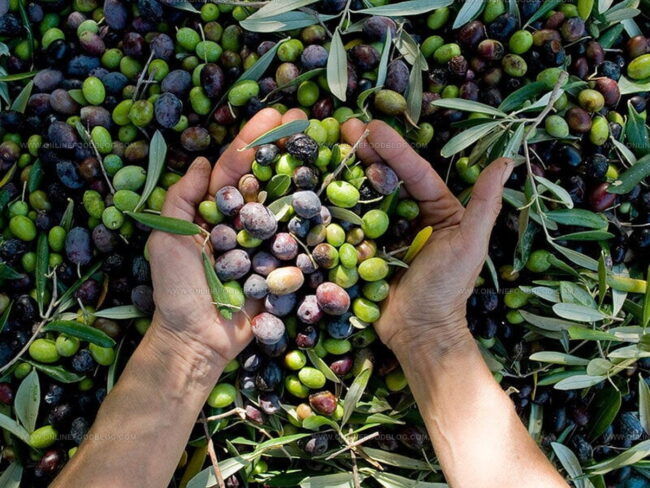
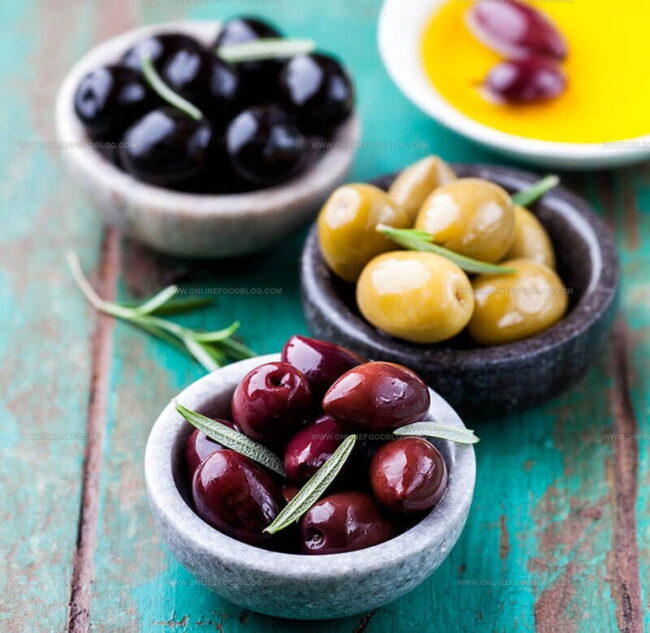
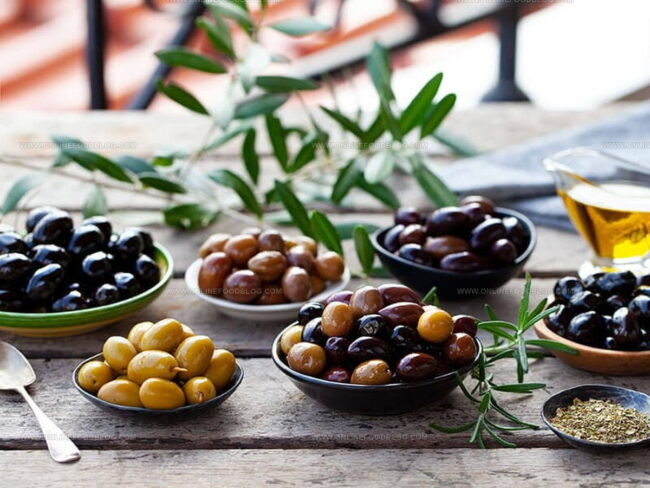
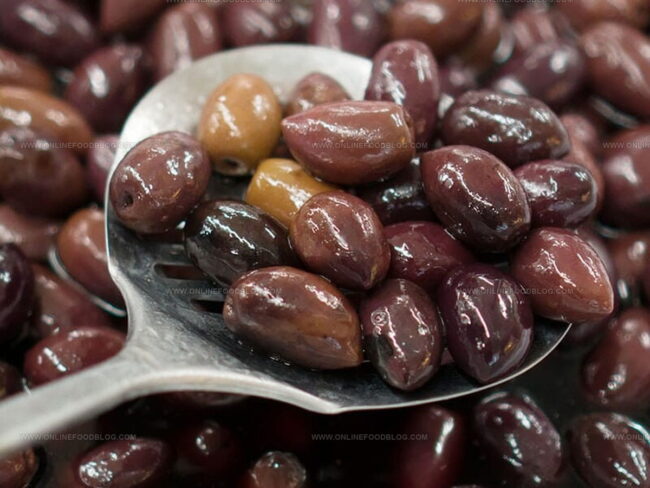
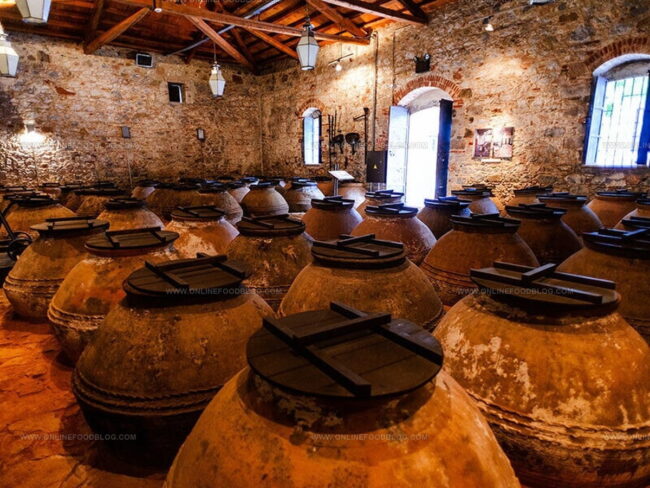
Mia Reynolds
Food Writer & Home Cooking Specialist
Expertise
Easy Home Baking, Recipe Writing and Storytelling, Local and Seasonal Ingredients, Baking for Beginners
Education
New England Culinary Institute (NECI), Montpelier, Vermont
Community College of Vermont, Winooski, Vermont
Mia Reynolds fell in love with baking as a teenager experimenting in her family kitchen. Her passion took her to New England Culinary Institute, where she learned practical pastry techniques, and later to Community College of Vermont to deepen her understanding of food management.
Mia combines clear, simple baking instructions with heartwarming stories, making home baking approachable for everyone.